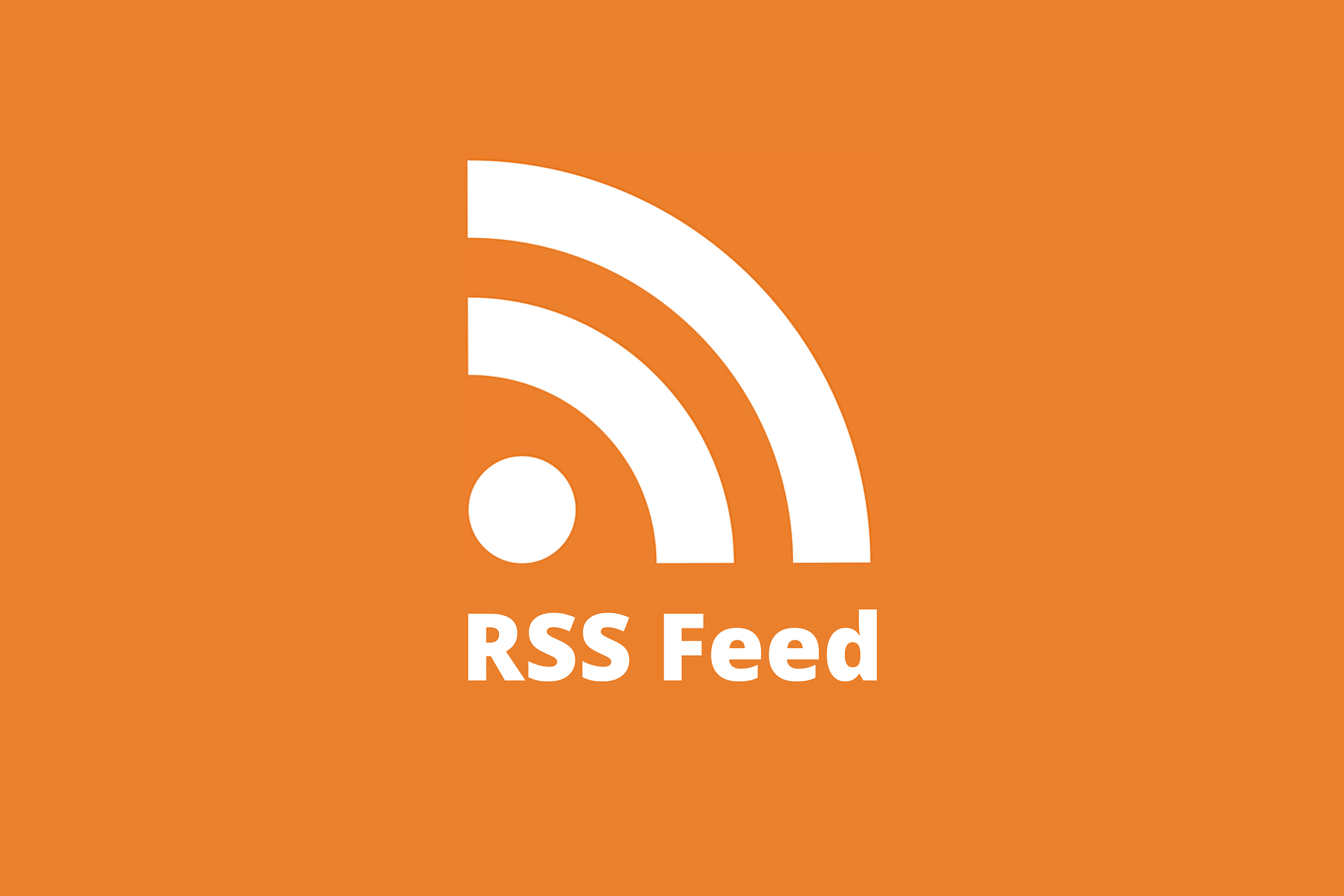Introduction

RSS (RDF Site Summary or Really Simple Syndication) is a web feed that provides users and applications with standardized, computer-readable access to website updates. RSS feeds are typically used by websites to publish frequently updated content such as blog entries, news headlines, or episodes of audio and video series.
The news aggregator will check the RSS feed for new content automatically, allowing the list to be passed from website to website. Web syndication refers to the act of passing on content. RSS is also used to distribute podcasts and aggregate data from a variety of websites.
The RSS reader checks the user’s feeds for new information on a regular basis and can automatically download it if that feature is enabled. The browser can be instructed to download new data for the user automatically. In addition to reader tools, you can embed feeds into pages using tools like our RSS widget.
Background history of the technology
RSS is a news feed format created by Netscape’s Dan Libby and Ramanathan V. Guha. RSS was first released in March 1999 for use on the My.Netscape.Com portal. Netscape dropped RSS support in April 2001 after losing control of the format to AOL. The RSS 0.91 specification was then modified and published on the UserLand website by Dave Winer’s UserLand Software.
RSS 1.0 was released in December 2000 by the RSS-DEV Working Group, a project that included Guha and representatives from O’Reilly Media and Moreover. In September 2002, Winer released RSS 2.0, a major new version of the format that was renamed Really Simple Syndication. This has fueled ongoing debate over which entity was the proper RSS publisher.
Microsoft Internet Explorer and Outlook adopted the iconic orange Firefox RSS icon in December 2005. As a result, the orange square with white radio waves became the industry standard for RSS and Atom feeds. Rogers Cadenhead relaunched the RSS Advisory Board without Dave Winer’s participation in January 2006 to continue development of the standard.
RSS standards and variations

RSS stands for Real Simple Syndication, and it is a web-based RSS news service. RSS is available in several flavours, the most notable of which are RDF and 2.* The RDF (or RSS 1.) branch contains the original Netscape RSS version, which was based on a pre-standard RDF working draught. RSS 2.0.1 is meant to update and replace RSS 1.0, but it is not fully compatible with it.
RSS is a popular podcasting web feed format. RSS has three major versions in use today: 0.91, 1.0, and 2.0. According to tracking data from www.syndic8.com, the three most popular feeds account for 13 percent, 17 percent, and 67 percent of worldwide RSS usage, respectively, as of January 2007. These figures exclude use of the competing Web feed format Atom, which provides very similar functionality.
Examples:
RSS is plain text in XML format. The RSS format is relatively simple to read, both by automated processes and by humans.
Here is an example code snippet in XML of what a feed looks like:
Conclusion
We hope you found this page to be helpful, if so be sure to share it and follow agrtech for more updates on our social profiles.
Also check out our business offerings, software utilities and blog.
Related pages:
>See more from our tech glossary<
Bibliography:
(2002). Rss [Online]. Wikipedia. Available at: en.wikipedia.org/wiki/RSS (Accessed: 13 June 2021).
Image by Joseph Mucira from Pixabay
Image by Gerd Altmann from Pixabay
![logo-new-23[1] logo-new-23[1]](https://agrtech.com.au/wp-content/uploads/elementor/thumbs/logo-new-231-qad2sqbr9f0wlvza81xod18hkirbk9apc0elfhpco4.png)